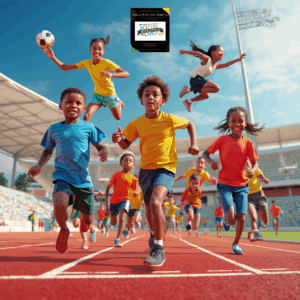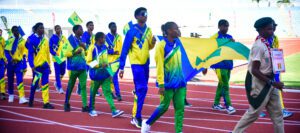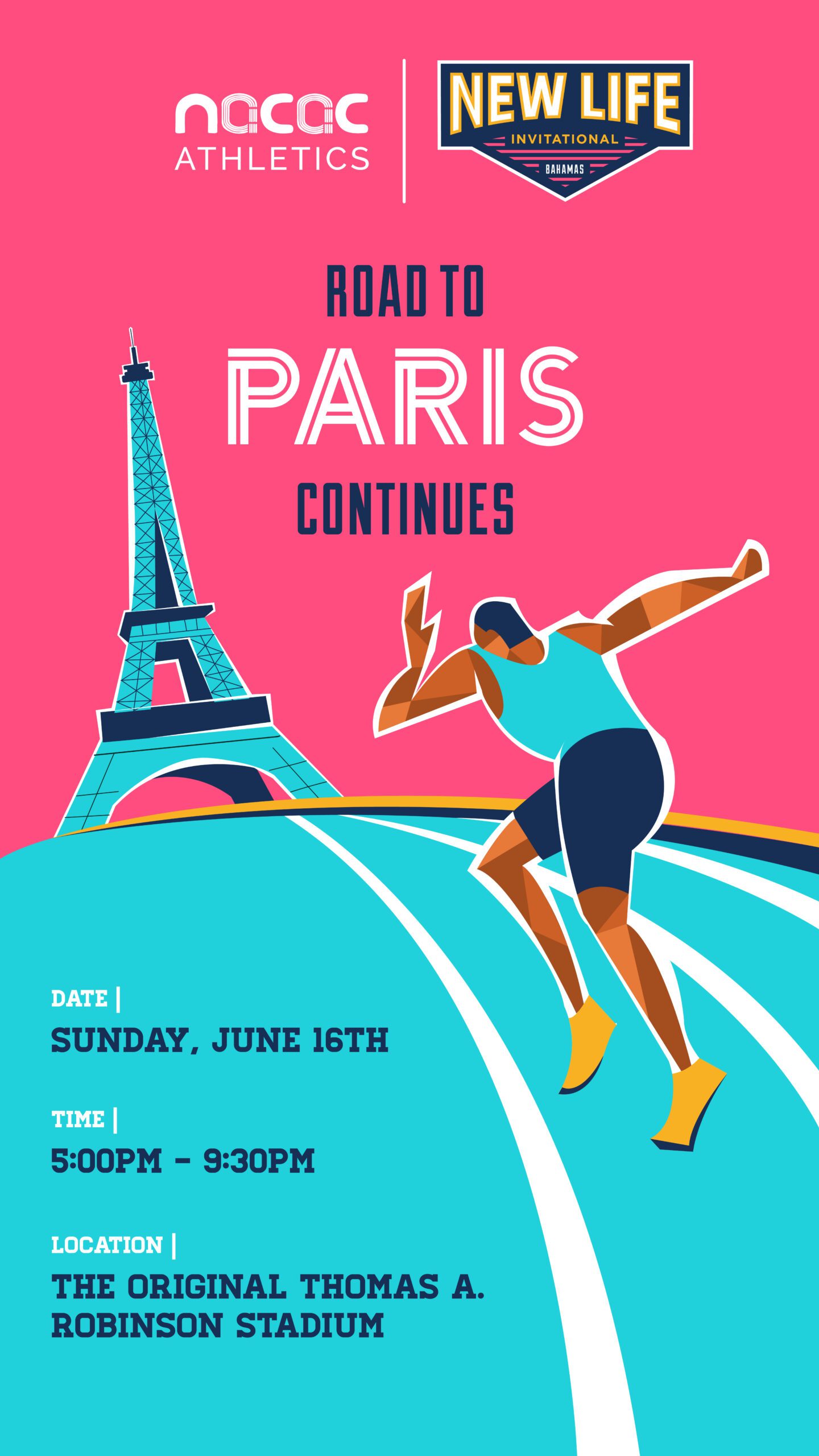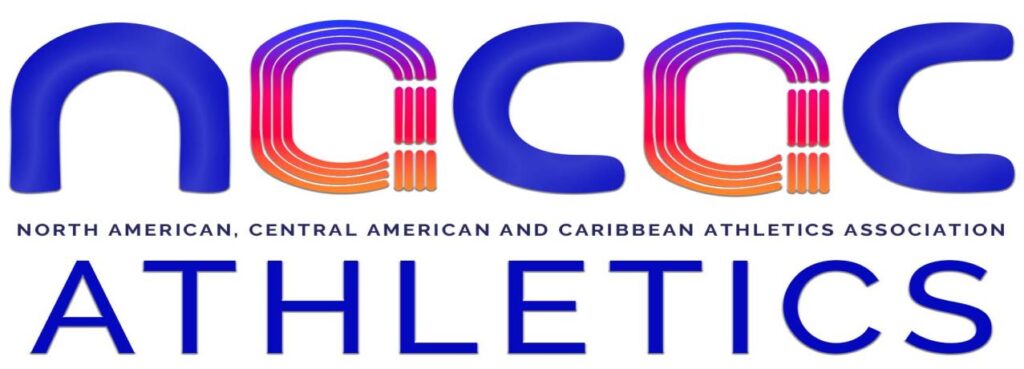Athletes Voices are now loud and unambiguous
The headlines of the BBC Sports pages dated 1 June 2021 read, in part:
“Naomi Osaka drops out of French Open after refusing to speak to media”
“US Women’s Open: Naomi Osaka’s French Open withdrawal should prompt pause for thought”
One of the headlines on BBC Sports dated 3 June read, “Lewis Hamilton backs Naomi Osaka’s withdrawal from French Open”
Earlier this week, 7 June, one BBC headline read, “Naomi Osaka, World number two, withdraws from Berlin WTA 500 event”.
The aforementioned headlines on the BBC Sports pages over the past several days send an ominous message to all involved in sport in respect of an athlete appearing to challenge the existing sport order in the world of professional tennis.
What a week it has been.
The foregoing headlines have nonetheless come in the wake of a stance taken by one of the world’s leading tennis players.
Osaka had initially asked that her position in respect of the mental impact of media interviews be understood. However, the Women’s Tennis Association (WTA), argued that the interviews are part of the organisation’s agreement with the players and hence, Osaka was reneging on her commitment.
Neither Osaka nor the WTA expected that the seeming differences would eventually lead to a major impasse and that the floodgates of the athletes in the sporting world would be forced open in an unprecedented manner.
Now, the entire sporting world is engaged and the end is an unknown for all those involved.
One thing is certain: no sport can exist without athletes.
What we are seeing in Osaka’s stance versus the WTA is part of the continuing development of athletes who are increasingly understanding that they have value in their own right and are no longer willing to be the playthings of international sports organisations, professional or otherwise.
Athletes are finally taking a stance that declares, without fear or favour, that they are going to become masters of their own destinies, going forward. It, however, does appear that international sports organisations have been caught unprepared for this innovation.
Historiography
There was a time in sporting history when athletes were treated much like students in school, ‘be seen but not heard’. But that was a very, very long time ago. So long, in fact, that many of today’s athletes may not be able to recall when that was.
Athletes are born into families and families constitute the bedrock of societies.
Over time, beliefs change and these lead to changes in values and ultimately, lead to changes n norms.
We may recall the challenges that girls and women faced through the ages. While girls and women have not yet attained gender equity they have nonetheless made significant progress and are proving a challenge to their male counterparts in almost every sphere of life in societies around the world.
Athletes, like girls and women, have been slowly edging their way into higher-level challenges in the realm of sport to the extent that we are sure they will be duly respected at every level.
Just as the world was not prepared for the onslaught of the women’s liberation movement decades ago, so too, today, the world of sport is completely unprepared for athletes’ adoption of a stance that suggests that they are no longer willing to compromise their dignities as human beings; that they are not pawns.
Athletes’ growth
Over the past several decades, athletes around the world have been used by sporting organisations, all of whom claim that they are into the business of sport, for the athletes.
For a very long time, athletes naively accepted the nonsensical arguments put forward by administrators of sport around the world.
We have, in several issues of this Column, exposed the numerous ways in which international sports organisations manipulated athletes.
There was the concept of amateurism, proffered as something of a way of life for athletes.
Unfortunately, the athletes did not complain. This was in large measure a result of who constituted the athletes at the time. The athletes were from the upper class.
While there were athletes from the other lower classes who found their way in clubs and in competitions, they were in the minority and their social statuses did not allow for their views to be heard.
The annals of sports history reveal that the challenges to the status quo in sport in its early years reveal that it was always the athletes of the other social classes that challenged the status quo, only to be vehemently rejected.
When Mohammed Ali bucked the system, he was ignored. His waking up to the systemic racism in the US was much more entrenched than the positive values of sport in the global sports movement, inclusive of the Olympics. He threw his medal in the river.
Unlike Jesse Owens, Ali refused to shut up.
Tommy Smith, John Carlos and Lee Evans, all refused to shut up when they were successful on the track at the Olympics in Mexico City in 1968. They paid a heavy price but nonetheless chided the global sports movement and that within their own US society with the hypocrisy that has since been exposed.
Lewis Hamilton, the most outstanding black athlete in Formula #1, has often challenged the authorities of the sport regarding racism in it. He has confronted systemic racism in Formula 1 and led the charge in respect of using his successes in the sport to reach out vociferously, to confront racism everywhere else in the sporting world. He is particularly unique in this regard.
Tennis
Yvonne Goolagong, the first Australian aborigine to be world ranked in women’s tennis, reminded the world of her indigenous status, only to find herself estranged, for many years, simply for speaking up.
It took several decades later for another Australian aborigine, Cathy Freeman, to take hold of her people’s native flag and hold it aloft alongside the national flag of her country, while doing victory laps in the 400m and 200m respectively at the Commonwealth Games in Victoria, Vancouver, in 1994, to force the government and then the Commonwealth Games Association (CGA) and finally, the National Olympic Committee (NOC) of her country, to recognise that she was a genuine native, a whole person, complete with dignity in her own right.
Billie Jean King broke new ground in her own right in the tennis world as did Arthur Ashe. While they spoke out the rest of the fraternity remained decidedly confused.
Few remember the case of Bjorn Bjorg, who led men’s tennis for a very long time. All he asked the ATP for was some time to rest and recover. He was deemed so necessary to the ATP programme that he was not readily allowed to have his way. In the end, Bjorg left the sport at a time when he was at his best.
The John McEnroe approach was ground-breaking and he stood his ground.
The Williams sisters changed the game for all time and that forced tournament organisers to provide equal pay to women and women.
Enter Osaka
There are those who remain insistent that tennis is, like several other sports, challenged by systemic racism, and are unwilling to confront this reality.
Osaka’s stance has shocked the sporting world.
This should not have been the case.
Many now wonder how it is that the leaders of sport at the global level have all ignored the single most important aspect of the athlete’s career, mental well-being.
It must be an embarrassment to the entire world of sport that it has taken one tennis player, one athlete, to impress on all of them the stark reality that athletes need to be cared for, mentally.
Interviews of outstanding athletes is an aspect of the sport that all sporting organisations take for granted.
We are aware that sport leaders understand only too well that getting the athletes to take interviews immediately after an event, whether successful or not, has significant appeal to viewers and listeners of the coverage and help market the networks and the sport.
In this regard, it is all about the money.
Osaka has suddenly shown the world, sport-lovers and the rest of societies, that the athletes are human and that not every athlete can manage their mental state in such interviews.
The immediate response of the WTA had to do with the financial bottom-line.
What we have to recognise is that this is what sport has become – a definitive money machine.
The athletes are the conduit to the financial viability, marketing and profitability of sport today, whether professional or otherwise.
Conclusion
The case of Osaka and what her stance has unearthed are not new. We have simply resisted any genuine attempt at trying to understand.
The media are keen on their own bottom-line, the creation of stories, major news. In doing so the mental state of the athlete is hardly ever considered sufficiently important.
Athletes are now insisting that they are due respect as human beings.
Today’s athletes are standing up to important causes.
LeBron James’ action in respect of good causes and challenging systemic racism may well be credited with compelling Michael Jordan to follow suit, especially in the aftermath of George Floyd’s horrific murder.
We can and must expect contemporary and future athletes to defy the established order and speak out, engage in protests and demand change in the way they are managed and dominated by sports administrators everywhere.
Additionally, athletes will soon stand up to their coaches and managers, demanding greater involvement in negotiations regarding the use of their talent to enrich themselves without necessarily working in the athletes’ best interests.
Osaka has certainly opened a can of worms. That Lewis Hamilton and Serena Williams have quickly come to her support, is an indication of the turning of the tide.
We can expect more of this in Tokyo, which will be a historic watershed that would surprise all those who have settled for comfortable mediocrity and the enhancement of a status quo that has long since lost all relevance.






